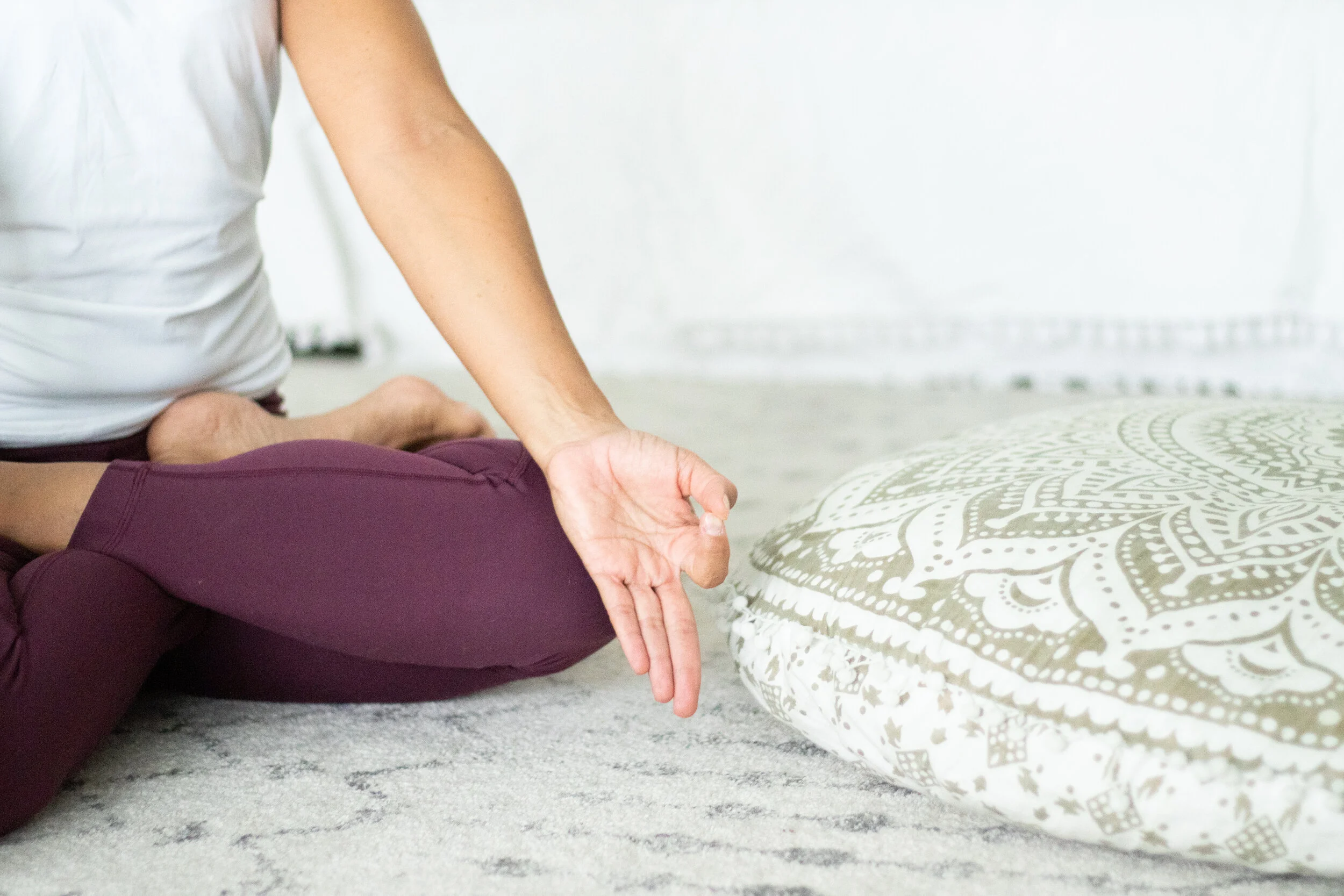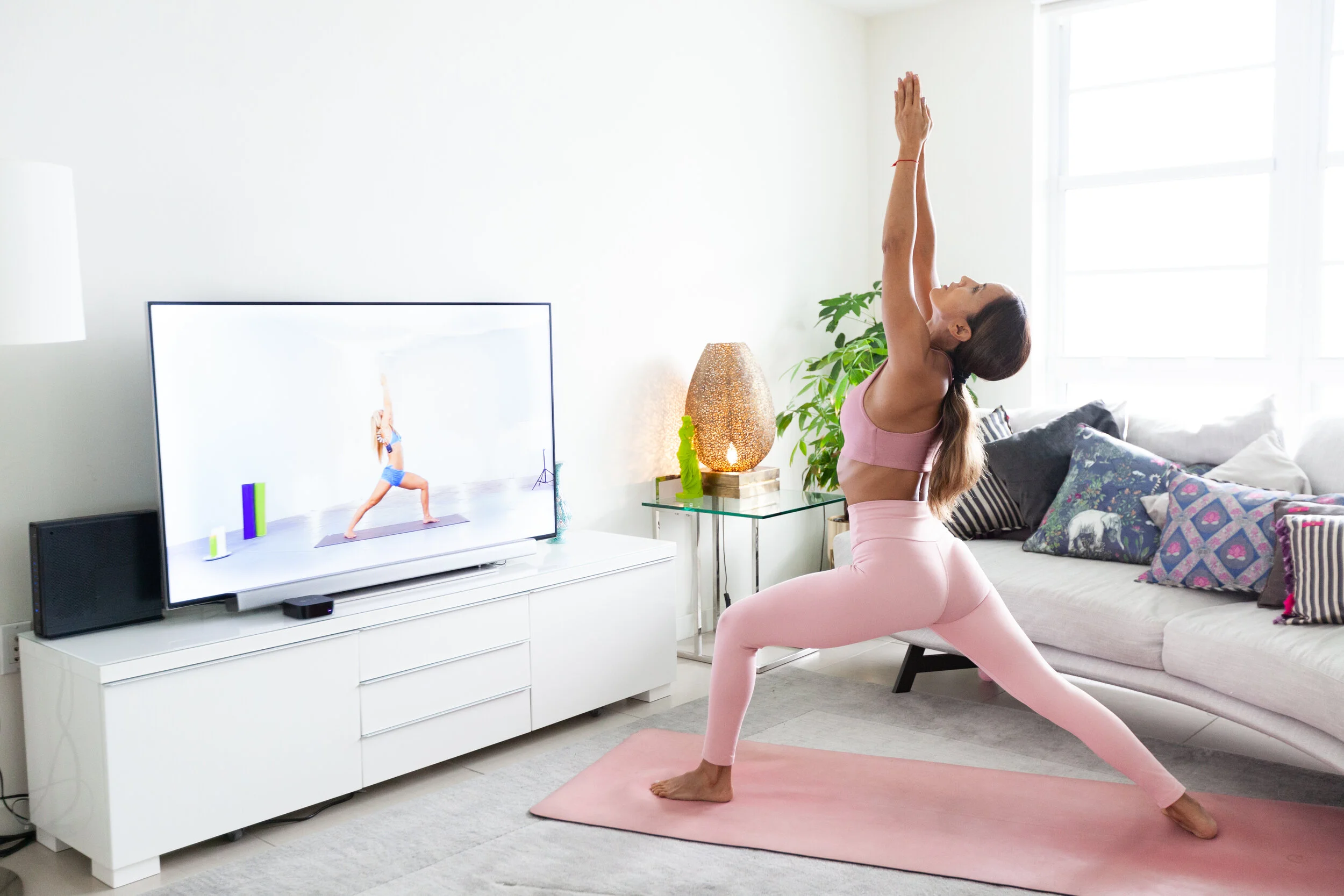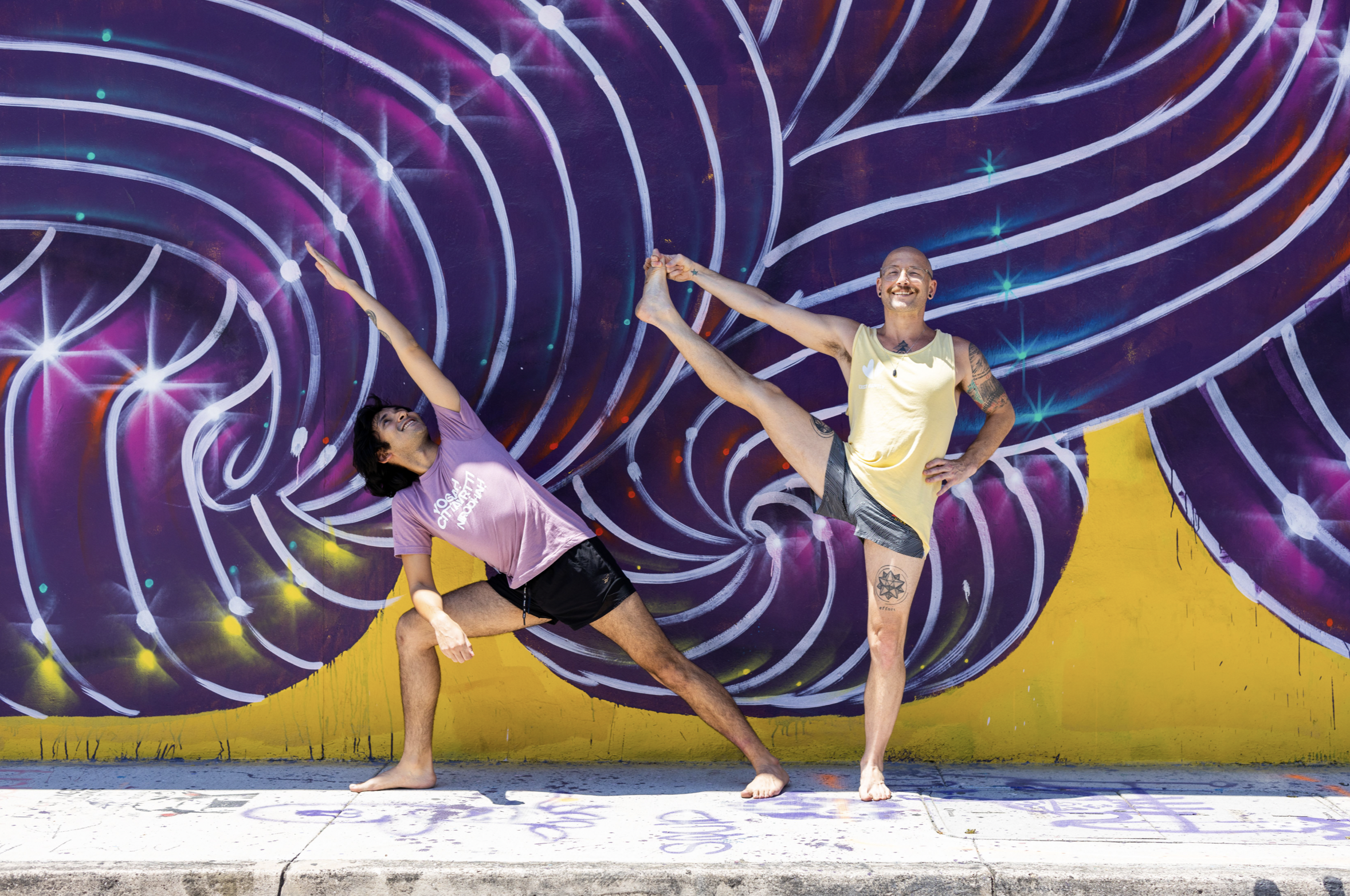
Prices
Privates
Private Yoga Session / 60 min $100
Private Yoga Session / 90 min $150
Email info@miamilifecenter.com to set-up day&time.
You Might Want To Know
- 20% senior, student and military discount. Please bring valid ID to qualify.
- Private instruction, workshop and event fees are not included.
- 5, 10 and 20 Class Cards are valid for 3 months only and absolutely non-extendable.
- Class Cards are non-refundable and cannot be extended or “frozen.”
- All fees and schedules are subject to change without notice.
Step 1
Create your account
You need an account to buy a class package
Step 2
Start your Journey
Go to our schedule and start your journey!
Step 3
Explore On Demand
See our library of yoga class replays!







